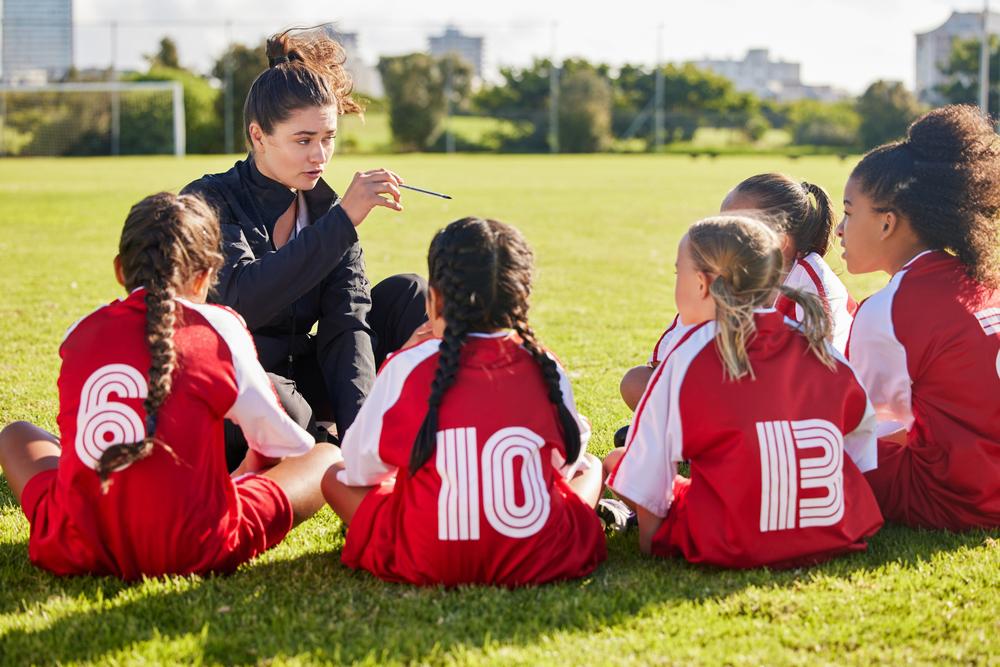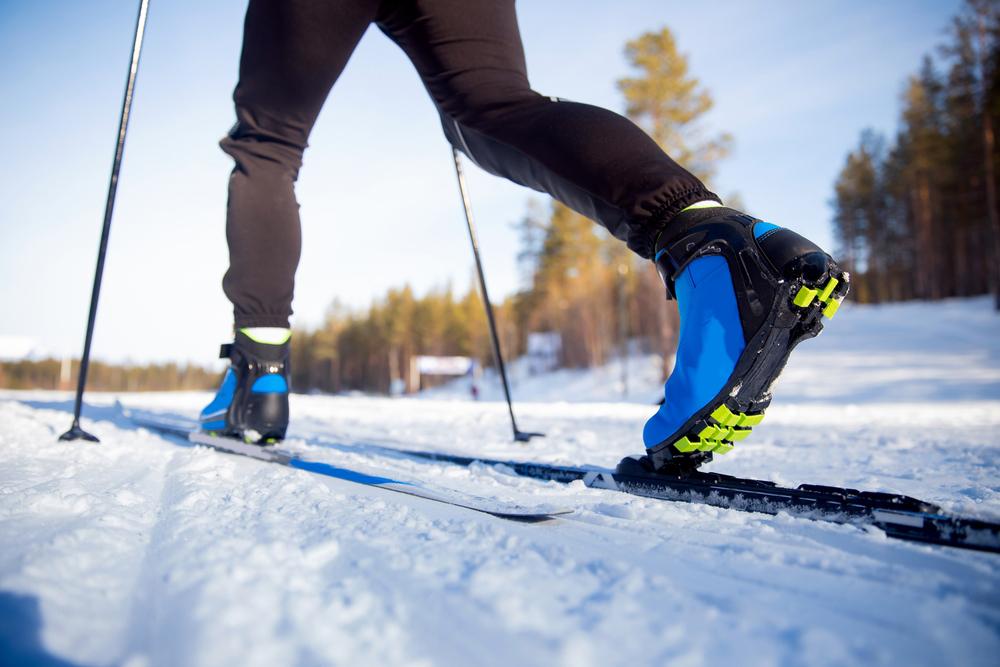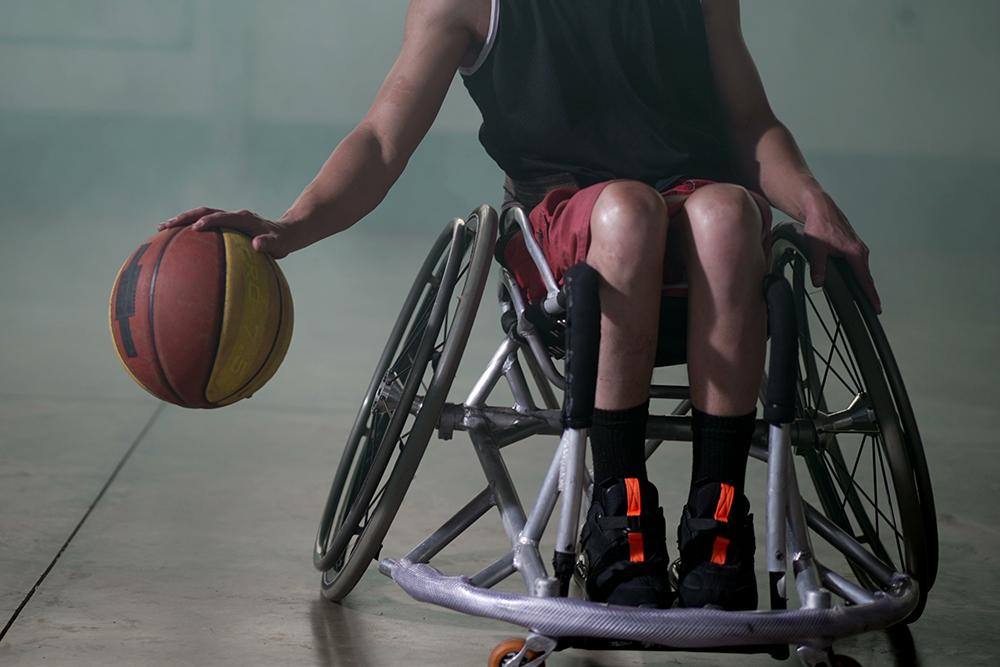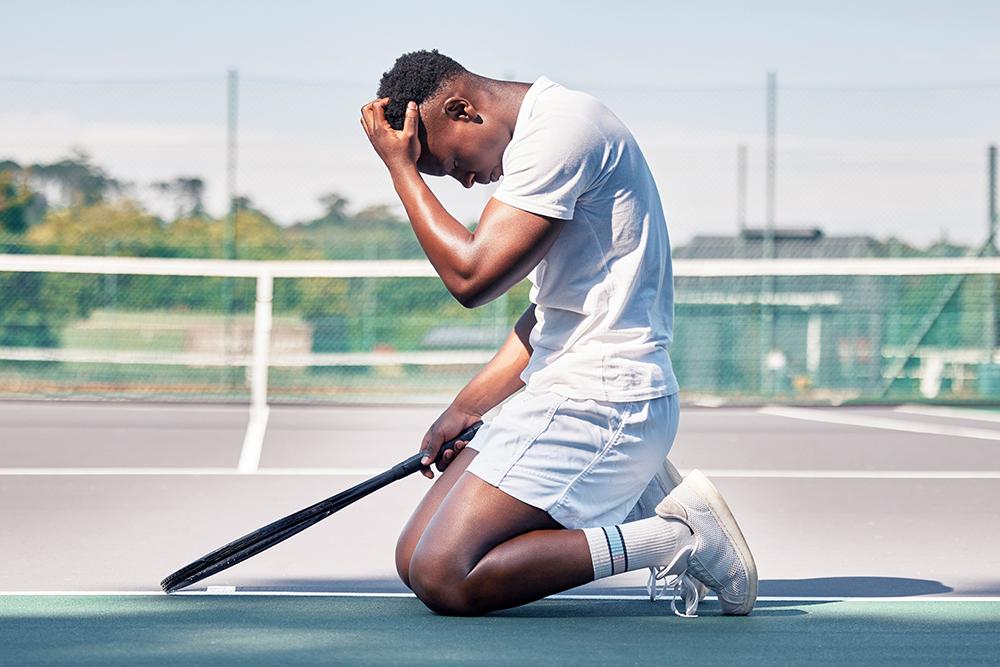Content Warning: This article contains mentions of trauma.
When community trauma hits, such as the devastating wildfires in the Los Angeles area, sport has a unique and powerful ability to help athletes cope. Sport offers opportunities to protect the routine, community, and sense of normalcy that often helps athletes deal with and heal from trauma.
As the initial shock of unexpected trauma subsides, communities are often hard-pressed to lay out a pathway to recovery and find a new normal. Sport can play a key role. By focusing on mental wellness and resilience through sport, coaches, parents, and administrators can support athletes through challenging times and set them up for future wellbeing.
Building Resilience Through Athletics
Athletes naturally develop and practice resilience through their training and competition. This skill becomes invaluable when facing community-wide crises. In crisis situations, coaches and parents can help athletes understand that they already have skills to navigate the challenge they’re facing and help them tap into those skills.
TrueSport Expert Kevin Chapman, PhD, clinical psychologist and founder of The Kentucky Center for Anxiety and Related Disorders, emphasizes the importance of open communication: “It’s so important for coaches to not push away tragedy and instead, talk about it openly. I think that it’s really important for coaches to explicitly set time aside to have in-depth conversations with their team about the tragedy, the transient nature of life, the importance of relationships, that kind of thing.”
It isn’t uncommon for those who are living through shared trauma to struggle to regain a sense of control in the wake of a crisis. Again, sport-based experiences serve a vital purpose here. While already a common practice in sports, setting achievable goals can provide a sense of predictability and progress during uncertain times. Athletes can apply this skill to personal and community recovery efforts, helping them maintain a positive outlook.
Navigating the Changes
Athletes, families, and coaches all face change during and after a community crisis. While those changes are different for each family, the skills they need are in line with what is practiced during a sport season. Encourage athletes to think about what they need to get through the changes in front of them and what their goals are in the face of those changes. For example, someone who is not able to live in their home may need to think through how to get restorative sleep in a new environment. Naming that goal is important and then talking through the steps they need to get there can make all the difference.
Deborah Gilboa, MD, TrueSport Expert and family physician, reminds us that there are five strategies to help other people be resilient in the face of change. These can be used individually or several at a time:
- Empathy: Make sure this person knows that you care about them and how they feel
- Processing time: Taking a moment or a few to consider the change and how to approach it helps the brain feel less under threat
- Information: Knowing what is, what’s happened and what’s next, as much as possible, gives structure and can calm the brain’s amygdala response to stress
- Choice: Wherever possible, having some choice in how to respond to a change – even small choices like the order or timing of next steps – will build that sense of control
- Purpose: Asking or reminding this person of why they want to be resilient, and who they mean to be in the face of this change, is a powerful strategy
Fostering Mental Wellness
Prioritizing mental health is crucial during times of community trauma and sports provide a unique environment to address and support mental wellness. TrueSport Expert Nadia Kyba, MSW, President of Now What Facilitation, stresses the importance of community care along with self-care. “We hear a lot about teaching athletes to focus on self-care, but community care is equally important, if not more so,” she explains. “There’s so much emphasis on self-care in the media, but that’s not always helpful for an individual who’s having a tough time coping with a situation but feels powerless to change anything in their lives.”
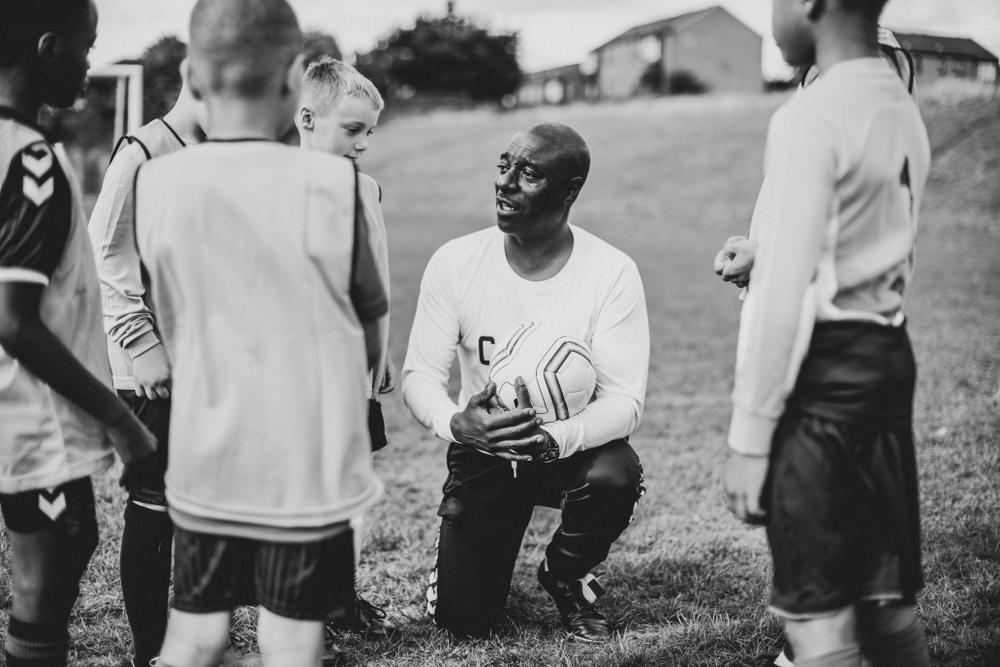 While self-care is undoubtedly important, it can have its limitations as there can be potential for isolation and a feeling of disconnectedness from support teams. Whereas community care offers a complimentary approach that can address the limitations of self-care and provide additional benefits such as holistic support, strengthened connections within the athletic community, and access to a wider range of resources that an individual might not have access to alone.
While self-care is undoubtedly important, it can have its limitations as there can be potential for isolation and a feeling of disconnectedness from support teams. Whereas community care offers a complimentary approach that can address the limitations of self-care and provide additional benefits such as holistic support, strengthened connections within the athletic community, and access to a wider range of resources that an individual might not have access to alone.
Keep these things in mind to support mental wellness during times of crisis:
- Open Communication: Create safe spaces for athletes to express their feelings about the trauma and its impact.
- Emotional Validation: Acknowledge and validate athletes’ emotions without judgment.
- Avoid Toxic Positivity: While maintaining a positive outlook is beneficial, it’s important to avoid forcing positivity in every situation.
- Foster a Culture of Care: Emphasize the importance of looking out for one another as a core value
Additionally, sports teams can serve as tight-knit communities, providing crucial support during challenging times. Engaging in team activities that focus on supporting each other and the broader community can strengthen bonds and provide a sense of purpose during the recovery process. For example, coaches can encourage athletes to participate in community service projects related to relief efforts. This not only helps those affected by the community trauma but also gives athletes a sense of agency and purpose in the face of adversity.
Practical Strategies for Coaches and Parents
During times of community trauma, maintaining a sense of normalcy, adhering to routines, and fostering togetherness can be crucial for athlete mental health and overall well-being. It is important to note that these routines may not be the same as usual and they may require creativity to establish and execute as a result of displacement or disruption, but even small touch points of predictable connection make a difference.
To further support mental wellness and resilience during challenging times, coaches and parents can:
- Check in first on physical wellbeing: Are athletes and their families able to meet basic needs? Emphasize that sport practice and participation can wait in the face of healing and recovery, both physically and emotionally.
- Establish and Maintain Routines: Consistent schedules provide a sense of stability and control, which can be particularly comforting during uncertain times.
- Organized Team Activities: Regular team gatherings, even if virtual, can reinforce social connections and provide emotional support.
- Continue Training (When Safe): Maintaining regular training schedules, adapted as necessary, can provide a sense of purpose and progress.
- Participate in Shared Experiences: Organize team-building activities or community service projects to foster a sense of unity and shared purpose.
- Encourage Communication: Have an open-door policy and create safe spaces for open conversations about current events and their impact on the team and individuals. However, limit exposure to potentially traumatizing social media content. Daily or weekly text check-ins are a great way to get quick feedback about how players are doing and let them know that they are valued.
- Maintain Traditions: Uphold team rituals and traditions, adapting them as needed, to provide continuity and familiarity.
- Focus on Present Goals: Help athletes set and work towards achievable short-term goals, providing a sense of accomplishment and forward momentum.
- Promote Self-Care Activities: Meditation or journaling can help athletes process emotions, reduce stress, and maintain mental clarity during stressful times.
- Provide Access to Mental Health Resources: As needed, access to additional support can help young athletes navigate complex emotions, prevent long-term psychological impacts, and develop healthy coping strategies.
- Lead by Example: Modeling healthy coping mechanisms helps young athletes not only navigate crises but also creates an environment where open communication and seeking help are seen as strengths rather than weaknesses.
- Be Aware of Invisible Injuries: Stress may not be immediately apparent. Become educated on the signs of stress and to know when to intervene.
Preparing for Future Crises
While the LA fires have brought these issues to the forefront, it’s essential to be prepared for future crises. Coaches should work with administrators, psychologists, therapists, and trainers to create an action plan that can be easily implemented when needed. This may include protocols for team discussions, establishment of formal or informal support systems, such as access to mental health professionals, stakeholder education to ensure coaches, staff, and athletes can recognize the signs of stress and offer additional support, and strategies for community engagement.
Kyba also recommends prioritizing resilience building activities outside of crisis. She explains, “Don’t wait for when trauma or tragedy happens. The best time to think about how to support a team in times of trouble is when things are going smoothly.”
_________________________
Takeaway
By fostering resilience, promoting mental wellness, and leveraging the power of community support, sports can play a vital role in helping athletes and communities heal and rebuild in the wake of tragedy and trauma. The journey to recovery may be long, but through sport, athletes can learn to become stronger and more resilient than ever.
